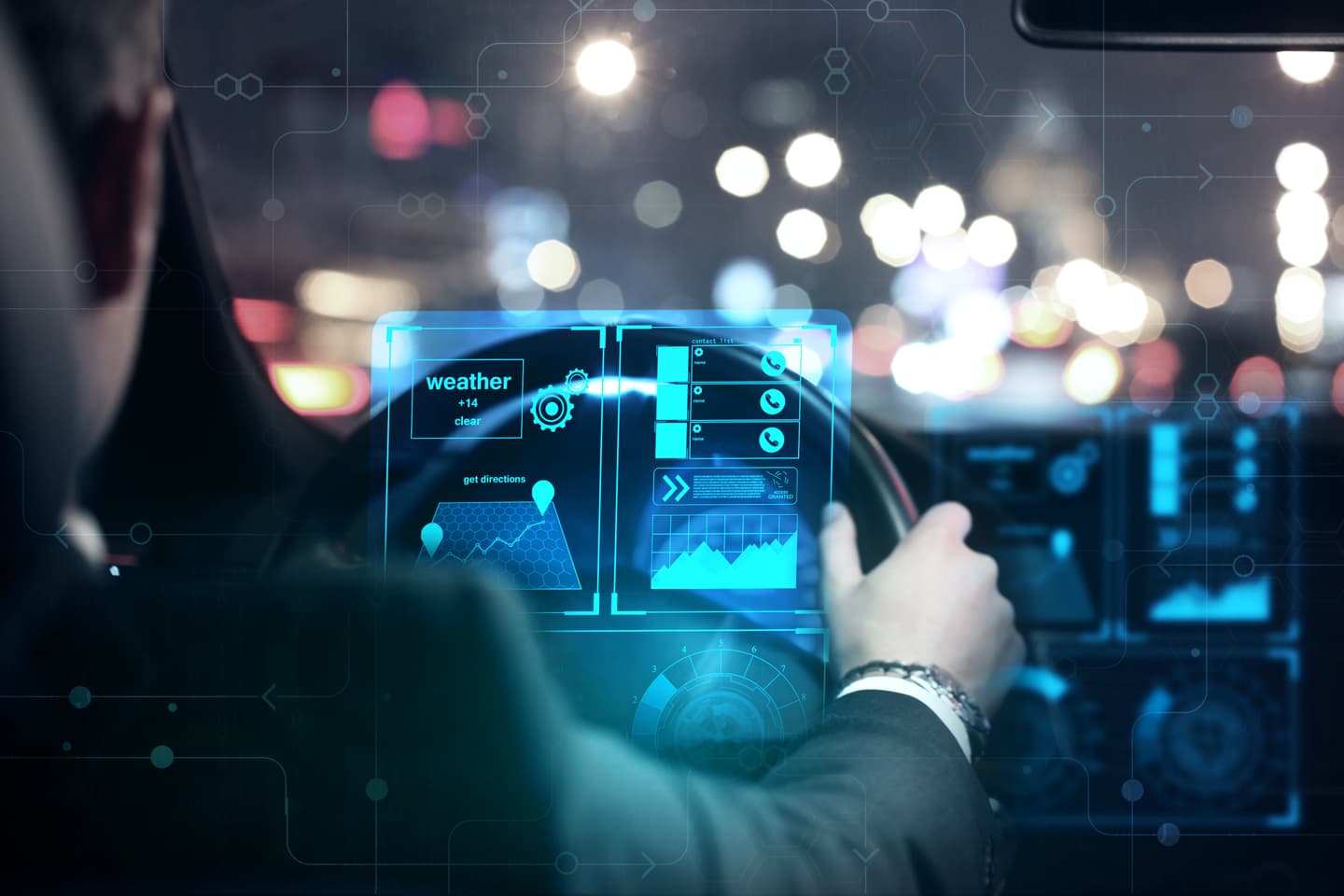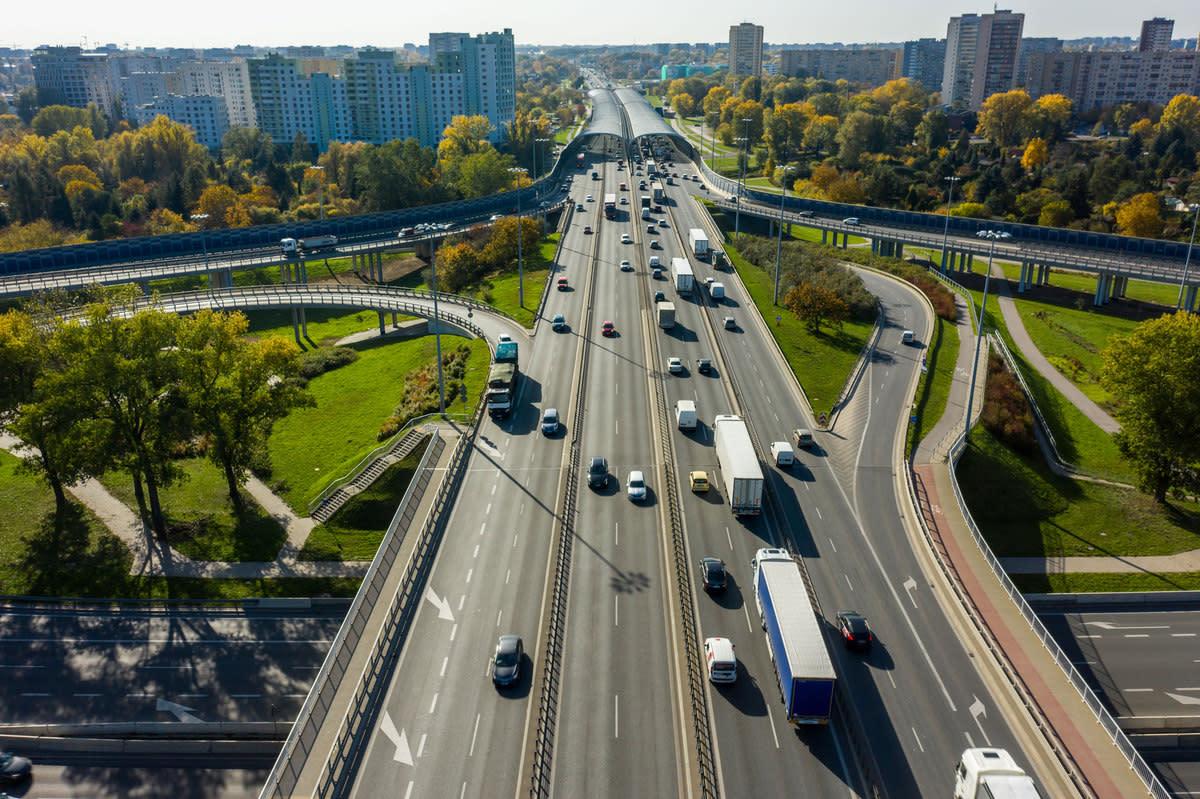Carmakers, ecosystems orchestrators - A design fiction case for 2030
It is the year 2030. Constant access to any kind of information, digital services anticipating our every need and perfect smart mobility are the new normal. Technology, data collection, and visionary companies in the automotive and fintech industries were catalysts that shaped our modern days

Perhaps you don’t notice how many things need to happen at the same time to allow you to focus on what really matters. Every other small issue is covered by an ecosystem of services, invisibly lifting your quality of life.
You wake up in the morning to the sound of your trusted voice assistant, who last night locked your car when you left it in the parking lot, completely open. It points out that using a bike is the best choice for you today, because it checked the weather conditions and the forecast was sunny with no chance of rain. Without you realizing it, your assistant is aware that you'd been slacking off during exercise and is now trying to compensate for by encouraging you to ride your bike. To make it even easier, you are only one tap away from renting the closest shared Bike.
You have a meeting with your friends scheduled for the afternoon. A notification on your laptop announces that you can share a car to the destination. During the trip, one simple tap on your smartphone pays the bill.
At the end of the day, you can check all your activities and analyze the summary that your assistant prepared for you.
How is all of this possible? Some years ago, car-makers discovered they had the power to access all the data they needed to orchestrate an ecosystem of services. They began establishing a user-centric portfolio, creating what we know today as smart mobility. The “smart” part comes from the fact that it fits everyone’s needs with effortless processes. Sharing vehicles, accessing autonomous cars, finding a parking spot with zero frustration and the biggest electric network to charge cars are all part of this collection of services. Going from point A to B was never so easy and personal: your vehicle knows you and makes the trip an individually tailored experience.
But it wasn’t enough. Users had bigger expectations, new technologies opened new opportunities and data collection was the perfect tool for making informed decisions. The automotive industry came up with a strategy that involved creating an ecosystem of services. It strived to fulfill five important characteristics that are valid to this day: User centricity, Data focus, Dynamic adaptation, Openness & Networking, and Modularity.
User-centricity
Since the early 2000’s, placing user needs at the center of service and product creation has brought unimaginable value to different businesses. Understanding the user’s current panorama was vital and in 2020 user-centricity practices evolved - it was no longer just about understanding users' past and making decisions, but about forecasting the future. Industries asked themselves what to do with all the data collected from their users, and the answer was clear: use the data to predict and address the user’s future needs and understand hidden desires. Now users are at the center of every digital service and enjoy enriched and convenient experiences throughout the whole ecosystem.
Data focus
We already know that we understand users through data. but there was a lot of room for improving the quality and collection of that data. Car-sharing services, for example, saved data about common trips, driver's skills and traffic time among other relevant information that leveraged other services such as public transportation, insurances, road safety and maps.
The first ecosystem led by carmakers managed to ease the sharing of information through different services in order to learn faster and find more accurate insights about users. The new knowledge was used to generate new business opportunities.
Transparent management of user data is crucial to creating good relationships with them. There was a moment when everyone was scared of sharing information and as a result the creation of data focused service ecosystems almost failed. Nowadays, users deliver their data knowing that their privacy will be respected and in exchange, everyone receives better digital experiences.
Dynamic Adaptation
Being able to predict needs and business opportunities allows us to be prepared for the future, but more importantly, it allows us to react quickly to change. In an ecosystem, this is only possible if every piece of the puzzle is sharing knowledge, learning and iterating rapidly as a big entity, while empowering each piece to be self-organized and make their own decisions.
The very birth of the ecosystem of services was an example of dynamic adaptation, there was a moment when customers were expecting more than a vehicle. At the same moment, sales were going down. The answer turned out to be a whole network of services and the result is good for everyone involved: users get a better product and ecosystems created more than $60 billion in revenues.
Openness & Networking
This is a fundamental element of an Ecosystem of Services. When carmarkers started this strategy, being able to share knowledge between the different pieces was crucial. Ecosystems began to learn, predict and improve their services, and this was only possible, because every part was open to the rest.
In 2019, BMW and Daimler, two of the biggest automotive groups, joined forces to create a global car-sharing community “Share Now”. This is only one example of how openness enables Ecosystems to focus on innovation, growth, and experience while sharing learnings, data from users, and resources to improve at a faster rate.
The beginning was difficult, even sharing ways of working between the basic services in the portfolio was a fantasy. The anatomy of the businesses didn’t help, and the structures of existing digital services didn’t do much good either. It was the conscious effort to break down those barriers and finally build better relationships - not only between the services but with other industries, the users and people inside the offices – that did the trick. Now every part of the ecosystem works in symbiosis and constant collaboration with the rest.
Modularity
Modularity is about creating easily composable elements that work in synergy. In the case of ecosystems, we are talking about how each service creates value by itself and increments its efficiency when composed with other services. Every piece of information collected from the other services in the ecosystem improves the creation of new ones, which leads to the discovery of highly standardized methods for creating high quality digital products.
If you take a close look at the digital services in 2030, you will find all these components running and improving every second. There is nothing left but to learn from this strategy in order to start thinking and discussing how we can improve the world for 2100.
 Laura AraujoLead UX Designer
Laura AraujoLead UX Designer
